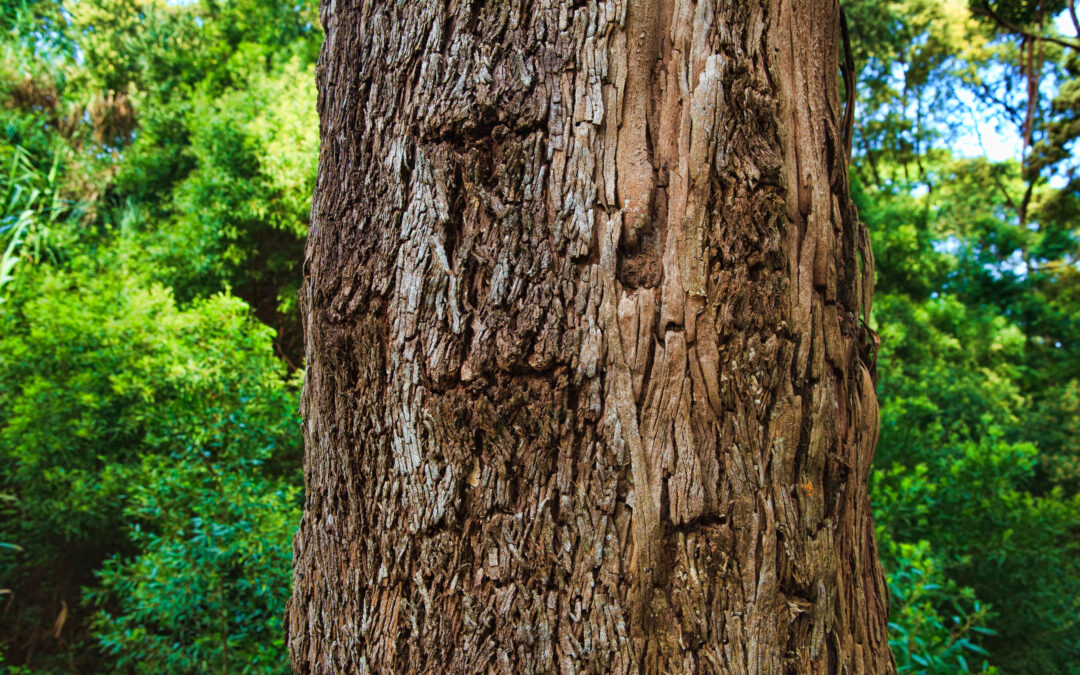Trees enhance the aesthetics of any landscape by adding life and vitality to it. Yet, not all trees are suitable for all kinds of properties. Some of them are damaged and can fall over at any movement, causing damage to life and property. That’s why these trees are called hazardous trees. Identifying these trees and removing them in time is crucial for everyone’s safety.
Here is a lowdown on some visible signs that can help you identify the hazardous trees on your property:
Root damage
Roots are essential for a tree’s growth and survival as they help absorb water and nutrients from the soil. A tree is only as strong as its root. Any damage to the roots can severely affect the tree’s health, and the tree becomes prone to toppling during storms.
If you notice branch die-back in the crown or young leaves dying, it is a sign that roots are not sending nutrients to the tree because they are damaged. You should call a certified arborist if you see any major root that’s being cut off or decaying.
Poor crown shape
You can tell a lot about a tree’s health by looking at its crown. An uneven and poorly shaped crown is a sign of poor health. It can be caused due to inefficient pruning, storm damage, water sprouts, insufficient sunlight, and nutrition. An uneven crown makes the tree imbalanced and susceptible to toppling over during storms.
Cracked bark
Bark acts as a protective layer against injuries, insects, and extreme temperatures. When a bark develops cracks, it leaves the tree’s internal structure vulnerable to the elements, promoting decay. If you notice deep cracks or several cracks on the same spot, call an expert to remove the tree.
Deadwood and cankers
Deadwood is a sign of internal trunk decay in your tree. Deadwood can drop off at any movement, even in the slightest wind. If you notice a broken branch and hanging in the crown, call for removal services immediately. The same goes for cankers. Cankers are missing, or sunken pieces of bark on your tree are caused due to a wound that did not seal off from the decayed area.
Decay
A visible sign of decay on large branches, trunks, and roots is the most severe concern in hazardous trees. Leaving the tree alone to heal itself or waiting for an appropriate time isn’t an option in this case. Call emergency tree removal services as soon as you notice signs of decay anywhere in your tree.
Two-trunk trees
If your tree trunk has v-shaped connections, the area where two trunks join may be susceptible to damage. You should tie both trunks using steel or elastic cables to prevent them from ripping apart during storms.
About Marshall Tree Service and Landscaping
If you are looking for emergency/ hazardous tree removal services in the South Florida region, Marshall’s Tree Services should be your one-stop destination. Our services include tree removal, pruning, installation, landscaping, and pest control services. You can call us at (754) 235-1926 or (786) 738-4886 to schedule a free review or learn more about our tree service and landscaping. You can also reach us via email at melchionnoj@yahoo.com or by filling out our contact form.


Recent Comments